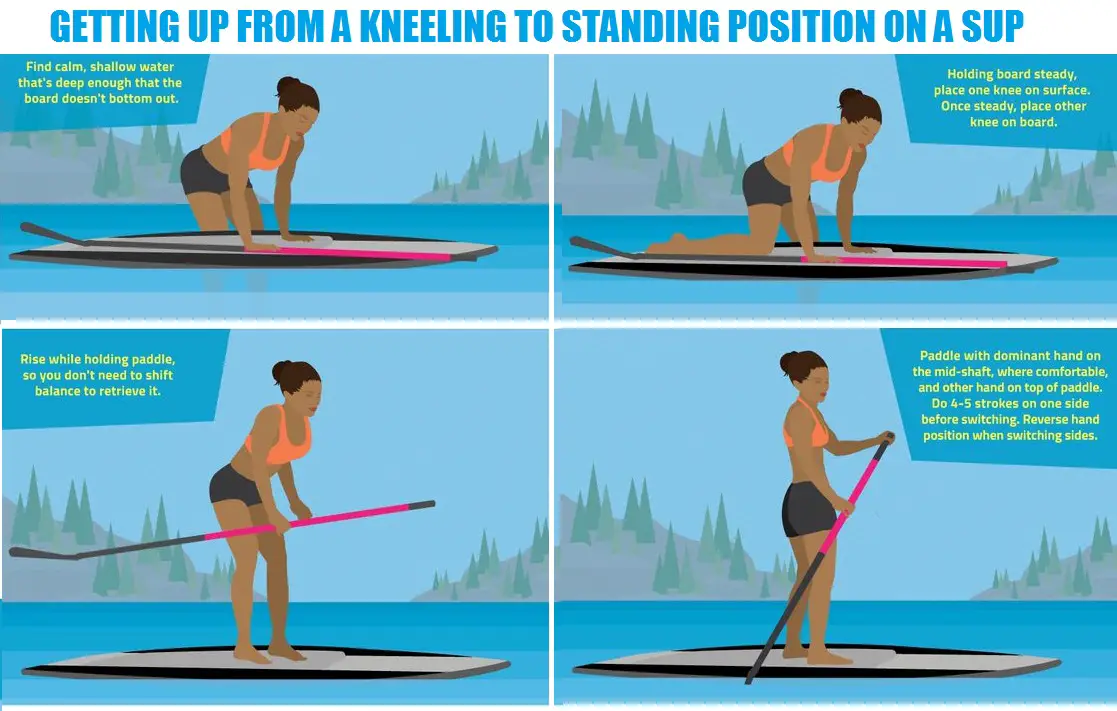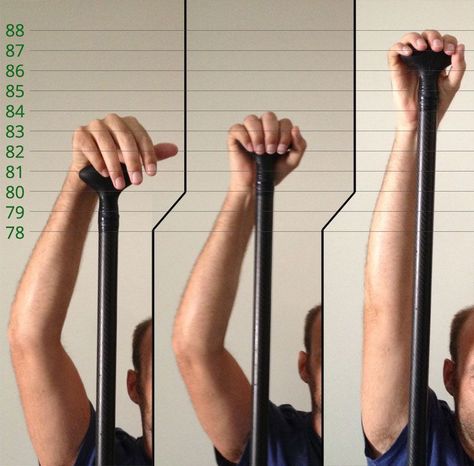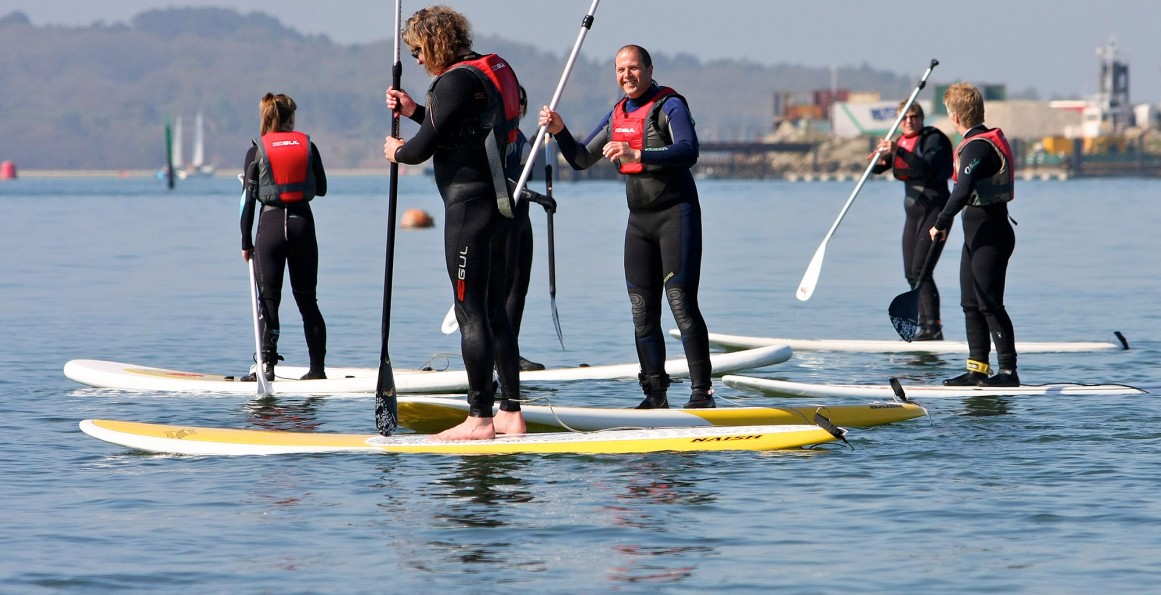Standup Paddleboards have taken the world by storm. As easy as they look to use there are certain tips and techniques that you will have to learn to get you going. There are essential fundamentals to operating a SUP, choosing and launching your SUP board, and moving like a Pro. What are SUP tips and techniques?
- Where to use your SUP
- How to launch
- Move from the Kneeling position
- Standing on your SUP comfortably
- How to choose the right SUP Paddle
- How to Hold a SUP Paddle Properly
- How to Perform SUP Paddle Strokes to move, turn & keep your Board Moving straight
- How to Fall off & get back on your SUP
Learning the basic tips and fundamentals before using your Stand-Up Paddleboard will keep you from avoiding common mistakes that most people do on their first few times out.
How to Get Up On a Paddleboard
The best place to use your SUP-If you a novice on a Stand-Up Paddle Board then it’s really important to pick out a place to launch your board that can make it a more pleasant experience. Someplace that is shallow, void of too many people, and protected from wind and waves.
You’ll need a sheltered place void of boat traffic and wakes. The launch point should be shallow but deep enough where your fin won’t hit the bottom and break or worse hit the bottom and throws you off. The way to avoid this is to wade out knee-deep into the water. Unless you’re in a surf zone with incoming waves. The best way here is to keep the board between you and the shoreline.
Getting up On your Stand-Up Paddle Board- to get on your board lay your paddle perpendicular across just in front of the carry handle and place both hands on the shaft of the paddle. Raise your leg, put one knee on the far side of the carry handle of the board and then the other knee on the near side of the carry handle, where you will be in a kneeling position on the paddleboard.
Kneeling on the paddle board should be a comfortable and familiar position that can use in any situation. If conditions get rough or you just need a break it’s the position to assume. When you’re paddling on your knees try and hold both hands on the shaft. Get the paddle blade well into the water for each stroke you take.
To switch sides just take your top hand off the shaft and swing the paddle around to the other side, grab the bottom position and slide a lower hand to the top position on the paddle in a fluid-type motion. Paddle around on your knees and practice turning your board for a while and get the feel of it down. Now it’s time for you to stand up.

How To Stand Up on Your Stand-Up Paddle
- Place the paddle across the board with your fingers over the shaft.
- Look out towards the horizon and tuck your toes.
- Bring one knee up at a time and touch your chest then lay them flat on the board.
- Push up using your legs as you would doing a squat keeping your back straight.
- As you stand up try and keep your feet flat on the board. This will add stability and strength to the move.
- Once you up-get your paddle in the water because it will add more balance to your body on the board.
What is Trimming your Board
Trimming your board means standing at the sweet spot where you are well-balanced and positioned for riding the board. The nose and tail of the SUP are just out of the water enough to be considered trim or evened out for the best movement through the water.
Adjusting the Trim On a SUP
Plant your paddle into the board and move up or down to trim the front or back. If you move too far back the nose will move too far out of the water and the tail end of your board will bury itself too far into the water if you move too far forward your tail will pop too far out of the water pushing the front underwater making it out of trim. You’ll get the idea faster and faster the more time you spend on the water.
SUP Paddle Techniques
It’s very important to get the right size paddles when Stand Up Paddle Boarding. Too long or too short a paddle will affect the experience and how much energy you use.
To choose the right size paddle for recreational Stand-Up Paddle Boarding:
- Stand the paddle up vertically so the tear-drop-shaped blade is touching the ground.
- Reach an arm up above your head and notice where it lands on the paddle.
- With a properly sized paddle, the T-grip handle will rest in the bend of your wrist. (If the paddle is adjustable, adjust the length of the shaft to fit.)
- If you’re ordering a paddle online, add about 8–12 inches to your height and choose a paddle of that length.

There are Paddles that are adjustable or fixed in length. Just in 2 hours on a SUP, some folks can take a few thousand strokes which could equate to a hard workout especially if you’re not used to it. Most experienced SUP enthusiasts used lighter paddles made from more expensive materials. If you are planning to race or go on long tours on your SUP you may want to buy the more expensive models that cost a little more money.
Offset describes the degree that which the blade angles forward from the shaft. The size of that angle affects how vertical the blade is when it travels through the water, which in turn can affect how much power you get out of each stroke. Here are some generally used offset angles used today.
For SUP surfing: approximately 7 degrees
For all-around paddling/mixed-use: approximately 10 degrees
For SUP racing: approximately 12 degrees
Paddle Board Strokes
A SUP Stroke is broken up into different parts to maximize the efficiency of movement through the water. The Stroke starts with:
The Reach– activate the body’s core and twist the shoulders slightly, hinging at the hips and leaning forward to extend your paddle blade toward the nose of your SUP. Align the shaft of the paddle parallel with the SUP’s rail, and create an A-frame between your body, the shaft, and your lower arm, setting the blade next to the nose as far forward as you can comfortably reach. Extend as far as you can and place the paddle blade in at the point you reached.
The Catch-The entry or the start of the stroke is called the Catch. Reach out and bury the blade. Keep the logo on the Blade facing forward. The more the top hand on the tee is over the bottom of the shaft, the straighter the entry is into the water. It’s aligned perpendicularly to the rail of your SUP for maximum resistance on the blade. Try making no splash and keeping a smooth entry. Make sure that the paddle comes out of the water at your feet’s position on the board. Any farther will create a drag on your movement of the SUP. So the 3 key things for a perfect Stroke:
- The Blades go in at the Reach
- Stack the Hands on the paddle
- Make sure the blade is out at the feet.
Advanced SUP Paddle Technique
For More Power- For more power and torque to increase speed or if you are fighting the wind hold the paddle halfway down the blade between the Blade and the Handle is where your hands should be. If you put the paddle on top of your head the length between your hands should make right angles with your elbows.
- Drop your lower hand farther down the shaft of the paddle. The lower you drop your hand the lower your body goes down and the more the front of the board propels past the paddle.
- Pull your body forward to the blade rather than pulling the blade back to your body, ensure you end the stroke at your feet as extending any further decreases efficiency and risks deceleration.
- Don’t waver the Blade try to keep the pull even and smooth
- Keep the lower arm straight and the lower hand relax.
- For a cleaner exit on the Release, lift the paddle by dropping your upper hand down and inward rather than pulling your lower hand up and back. Keep the blade as vertical as comfortably possible upon exiting to avoid pulling the blade up through the water.
Advanced SUP Paddle Technique
- Ensure that the Paddle is straight up and down perpendicular to the water.
- Keep the stroke a little bit out from you then pull the paddle back in towards you in a straight line. You can follow the curvature of the rail on the board.
- One way to ensure you are holding the paddle perpendicular is to look through the space between the paddle and your two arms. It forms a window that you are seeing through.
- At the end of the stroke, you should end up as close to the Board as possible at your feet.
10 Tips for What You Need to Know About SUP Fishing.
You need to Know How:
- To choose the right Board
- To operate a SUP
- To Dress your SUP for fishing
- Only take things you will use
- To Pick accessible spots
- To Navigate water safely
- To learn to Cast from a SUP
- What to wear for SUP Fishing
- To Use Safety Equipment
- To Use SUP Etiquette ..…………………………………………………………………………………………………… Read more
Step Back Turn SUP Technique
SUPs (Stand Up Paddleboards) are H2O boards that can be outfitted for fishing, cruising, exploring, or any type of recreation that is done on a lake, river, or ocean activity SUPs come in: inflatable or solid construction 3 sizes & shapes Short-<10′ Medium-10-12′ Long-12′ 6″ 2 Hulls-Planing & Displacement ………………………………………………………….. Read more
How to Get Back On a Paddleboard After Falling
If you feel yourself falling off your board it’s important that you fall away from the board. Avoid landing on your paddle penciling in deep with your feet or head first, the reason being you don’t know what’s underneath the water. Once you fall off you can climb back on from the side or from the Tail of the Board.
If you climb back on from the side:
- Grab the Carry Handle and let your feet float up behind you
- With a strong kick of the legs and a pull with your arms drag yourself back onto the Board in a lying down face-down position.
If you climb back up at the Tail
- Push the tail underwater
- Slide and pull your body back up on the Board
- Pull yourself up onto your knees one knee at a time
- Look at the Horizon
- Tuck your toes
- One leg at a time bring your knees to your chest and push up on the Board keeping your feet flat like doing a squat
- Keeping your back straight
Paddle Board Behind a Boat Wake
Try to check on boat traffic and incoming wake before leaving the shore. If you are already on the water and can’t get out of it. Do this:
- Go directly down to your knees until the wake and boats leave the area
- Once the wake passes turn your Board directly head-on into the waves because that is the most stable position to be in.
How to turn a SUP from a kneeling position
To turn your Stand Up Paddle Board around while in a kneeling position do these things:
- Push water towards the nose on one side
- Push water towards the Tail on the other side
- The wider the paddle the on side of the Board the faster the turn will be
What is a Kayak Outrigger Kit?
Kayak Outriggers Kit consists of:
Aluminum frame to minimize weight
One or more lateral support PVC inflatable/non-inflatable floats fastened to one or both sides of the main hull
Hinges for adjustment of height
Stainless steel or PVC mounting hardware
Built-in rod holders where floats are attached ……………………………………………………………………………………………………………… Read more
JimGalloway Author/Editor

